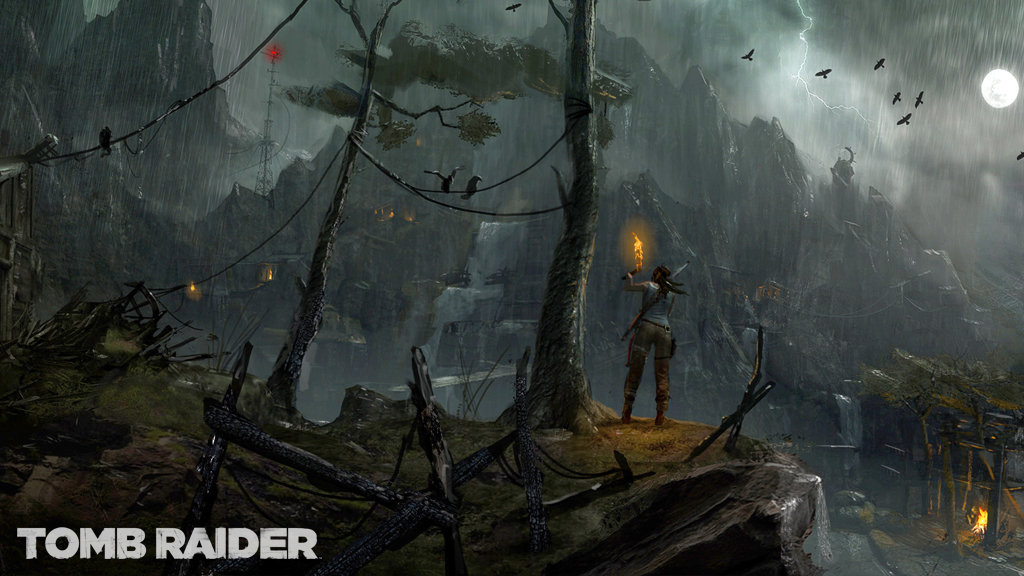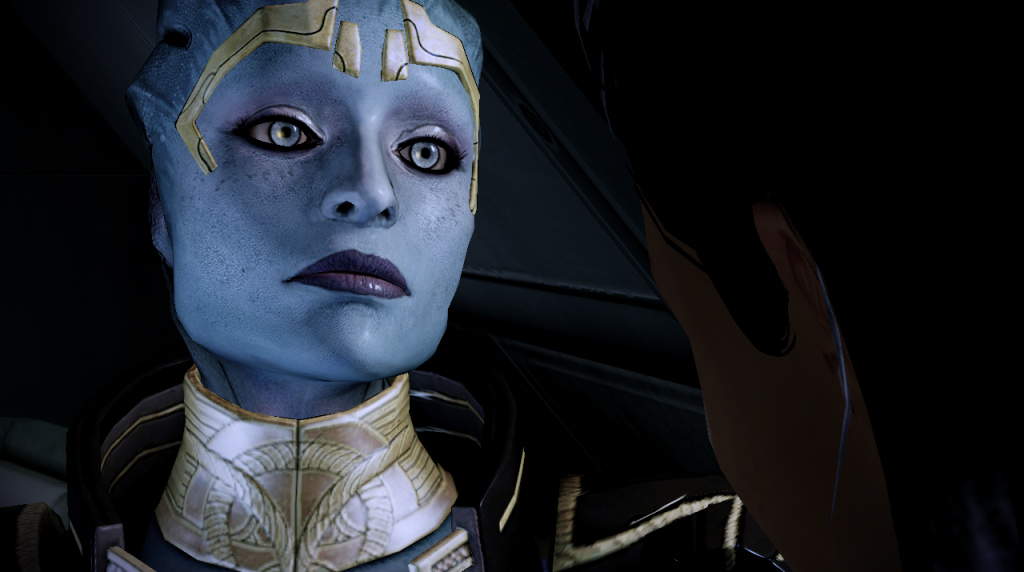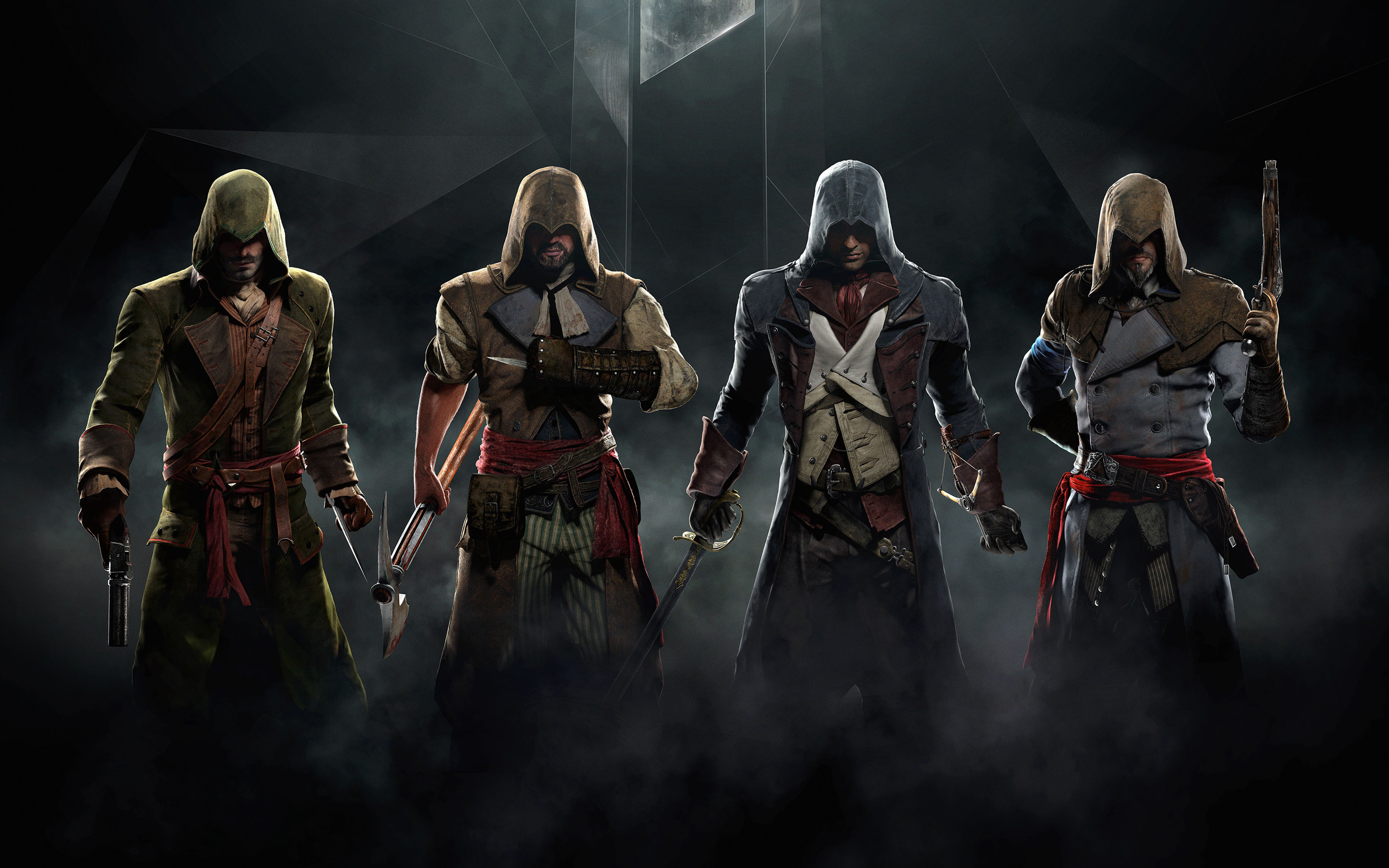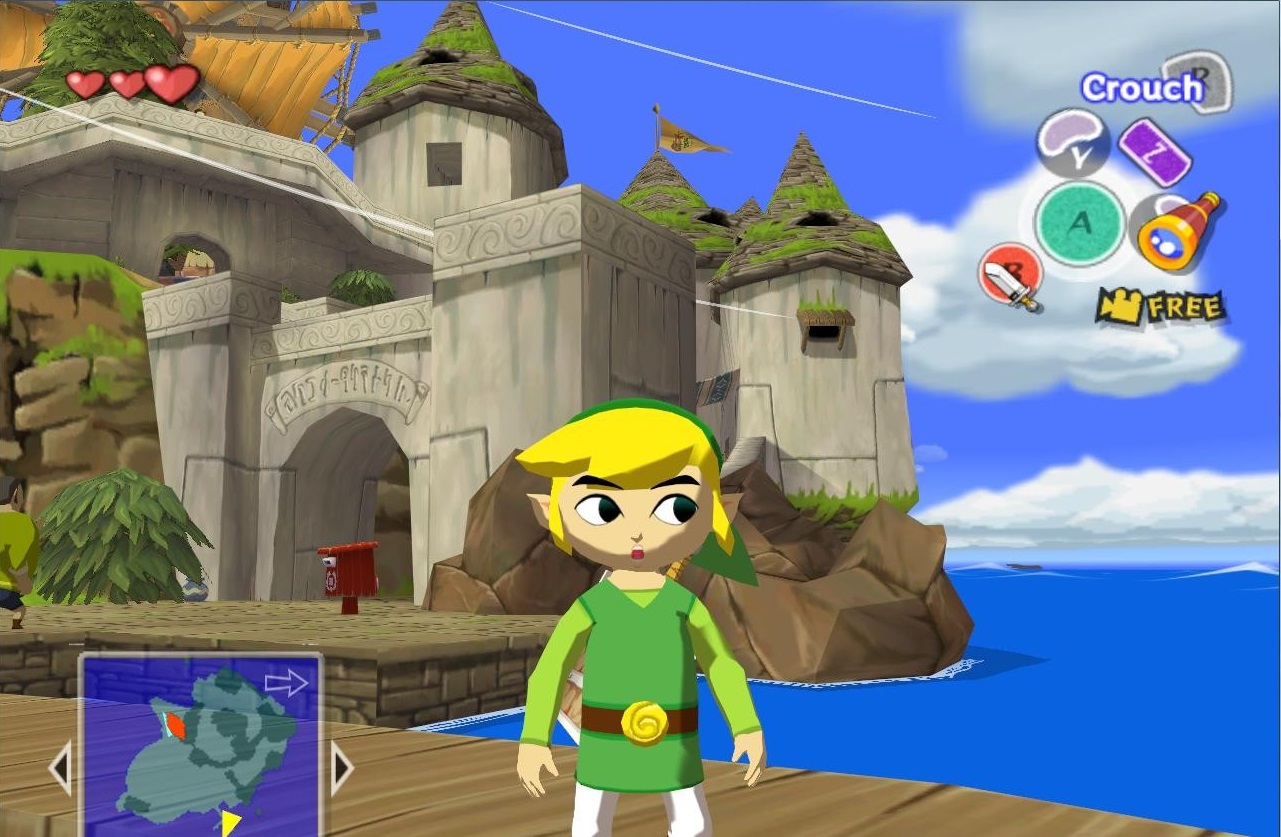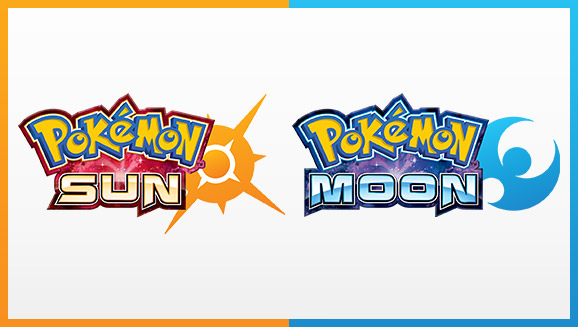Warning! This article contains spoilers for 2013’s Tomb Raider reboot.
Earlier this month, Square Enix executive Dean Gallagher confirmed a sequel to March’s Tomb Raider reboot. Because the sequel is still in infancy, no further details could be divulged, but Gallagher assured players “we’re … working hard to raise the bar even higher and re-affirm the faith you’ve shown.” A sequel to Lara’s valiant return is great news on its own, but is made even better coupled with the knowledge that Dark Horse is working with Crystal Dynamics to develop a comics series chronicling the events occurring between Tomb Raider and its sequel.
Tomb Raider was lauded for its character development upon its release, and to see that development still so prioritized is incredible: we aren’t being relegated to tawdry adventures that, while rife with action, are bereft of feeling. Instead, we’re getting what Gail Simone, writer of the upcoming series from Dark Horse, calls Lara’s journey: “how does a British schoolgirl become this adventure icon, this magnificent, dangerous woman?”
Since Tomb Raider’s release, there’s been plenty of speculation as to what Lara’s next adventures will be. A popular theory, based on the final page of Lara’s journal, suggests she’s off to explore the Lost Colony of Roanoke, while Simone has praised Lara because she “goes everywhere and does everything.”
Appropriately – given the emphasis put on Lara’s character development by Crystal – speculation as to how Lara’s character is going to continue to develop has emerged as well and is just as ubiquitous as that surrounding Lara’s next adventure.
One of the biggest speculations? That Lara Croft may come to identify as queer.
At its core is the same thing that’s at the very core of Tomb Raider: Lara’s relationship with her friend Sam. During gameplay, neither woman’s sexuality is explicitly stated, yet many players have seen their relationship as romantic.
The closeness of Lara and Sam’s relationship is highlighted by not only the game’s plot, in which a key point is Lara’s rescuing Sam from cult leader Mathias, but also by details in its cutscenes as well as its in-game collectible documents. In one such document, a journal entry, Sam divulges that since she told Lara the story of her ancestors’ homeland, Lara’s been hunting for it. In another, Sam mentions that she’s been shooting footage of Lara – unbeknownst to her – and adds “besides, she looks great on camera.” The two are seen holding hands in multiple cutscenes.
Those behind the scenes have also contributed to the conversation. “There’s part of me that would’ve loved to make Lara gay,” said Tomb Raider scriptwriter Rhianna Pratchett, adding “who knows what the future might hold?” Simone, meanwhile, after announcing on Twitter “Sam has a huge role in the Tomb Raider comic,” went on to say the potential for Sam and Lara to be more than friends was “clearly left … in as a possibility.”
This isn’t to say that Lara, Sam, or their relationship is any one thing, but it certainly presents the question: what if Lara Croft identified as queer?
As far as the reboot goes, it doesn’t logistically mean much. Sam’s relationship with Lara would be canonized, should Sam also self-identify as queer, but the game itself isn’t drastically affected otherwise. Pratchett has made it clear the game is about Lara, not any romantic or sexual associations she may have, so even if both women identified as queer, Tomb Raider probably wouldn’t be much different than the game available now.
More implications arise when considering the comic and sequel. Given the events of Tomb Raider serve as the first chapter of Lara’s development, perhaps there’ll be more breathing room in future chapters for us to glimpse Lara’s relationships.
Identifying as queer, however, is far from being solely about the relationships you’re in: sexual and romantic orientations are social identities that influence all aspects of life. They play just as large a role in everyday life and interactions as gender identity does. Pratchett has discussed Lara’s identity as a woman at length, asserting that Lara’s gender is a huge part of who she is, and that it influences her actions and reactions.
Admittedly, Lara’s gender identity is her most salient – because of the spaces she occupies both in-game and as a female video game protagonist – but social identities aren’t mutually exclusive. Further exploring Lara’s identities other than gender and how they affect her day-to-day life is a huge step in her character development, and thus well within Square’s established agenda.
As a reboot, it’s unlikely Tomb Raider exists in the same universe as its predecessors, including its cinematic ones, but it’s incredibly important to note that even if 2013’s Lara identifying as queer were projected onto pre-rebooted Lara, her previous relationships with men wouldn’t be invalidated. Identifying as LGBTQ isn’t an either/or situation in which you’re either gay or straight. Sexuality exists as a spectrum, and just as being situated all the way at either, absolute end aren’t the only possibilities for us, they aren’t the only possibilities for Lara.
There are other franchise considerations to be wary of, too: will the game’s success be affected? Fable, Mass Effect, and Skyrim are the only big-name franchises where a playable protagonist can partake in same-sex relationships, but in all three the player is given the option as opposed to the mandate of playing a queer protagonist. As the only playable character in Tomb Raider’s campaign, Lara’s identifying as queer would be a hefty departure from previous precedent.
In the early Tomb Raider games, the player was literally controlling Lara’s body in accordance with zir whims. Would the desire to play Tomb Raider change if Lara wasn’t necessarily interested in men? Would enough players still feel they connect with Lara enough to continue playing? LGBTQ gamers have been playing as heterosexual protagonists for years, but, unlike heterosexual gamers, haven’t had much of a choice.
As the most well-known female protagonist in gaming history, Lara identifying as queer would be huge. She’d be the first big-name video game protagonist to explicitly identify as such, and would boost visibility of LGBTQ characters not only in video games, but, as a character so widely recognized, also in greater society as well. Should Lara identify as queer but not exclusively homosexual, it’d be a victory for bisexual or pansexual visibility as well, which is so often lacking, even where homosexual characters are represented.
Moreover, Lara – especially rebooted Lara, coined as first and foremost a survivor – would have the potential to not only be an incredibly strong role model for women, but also for LGBTQ gamers. In a rebooted franchise where character development is so heavily eulogized, there is no doubt Lara’s identity would be given its deserved treatment. Society is quick to follow the platitude “assume straight until proven gay,” and continues because it’s a technique both tried and true. Since Lara’s genesis with the first Tomb Raider in 1996 – and given Lara’s dalliances in the Tomb Raider films – it’s something players have been able to safely assume.
But now it’s 2013, Tomb Raider has been rebooted, some players say they’ve found that proof, and Crystal Dynamics is doing everything within their power to emphasize character development instead of cleavage. 16 countries around the world have legalized same-sex marriage (more do so regionally), DOMA was struck down this summer, and 43% of the US’s population lives in a state where same-sex marriage or civil unions are legal.
If there was ever a time for a queer video game protagonist in a big franchise, that time is now, and I nominate Lara Croft. Lara was a remarkable leap forward for women in video games, and has the opportunity to be one again. “There’s just so much to be explored, if we could just be a little bit braver about our characters,” Pratchett has lamented, “because gamers can take it, I think.” Pratchett is right: Lara’s been brave for 17 years. Now it’s our turn.
Hannah Pingleton is the resident LGBTQ Writer for Girls in Capes. You can find her on Twitter @hannahpings.
